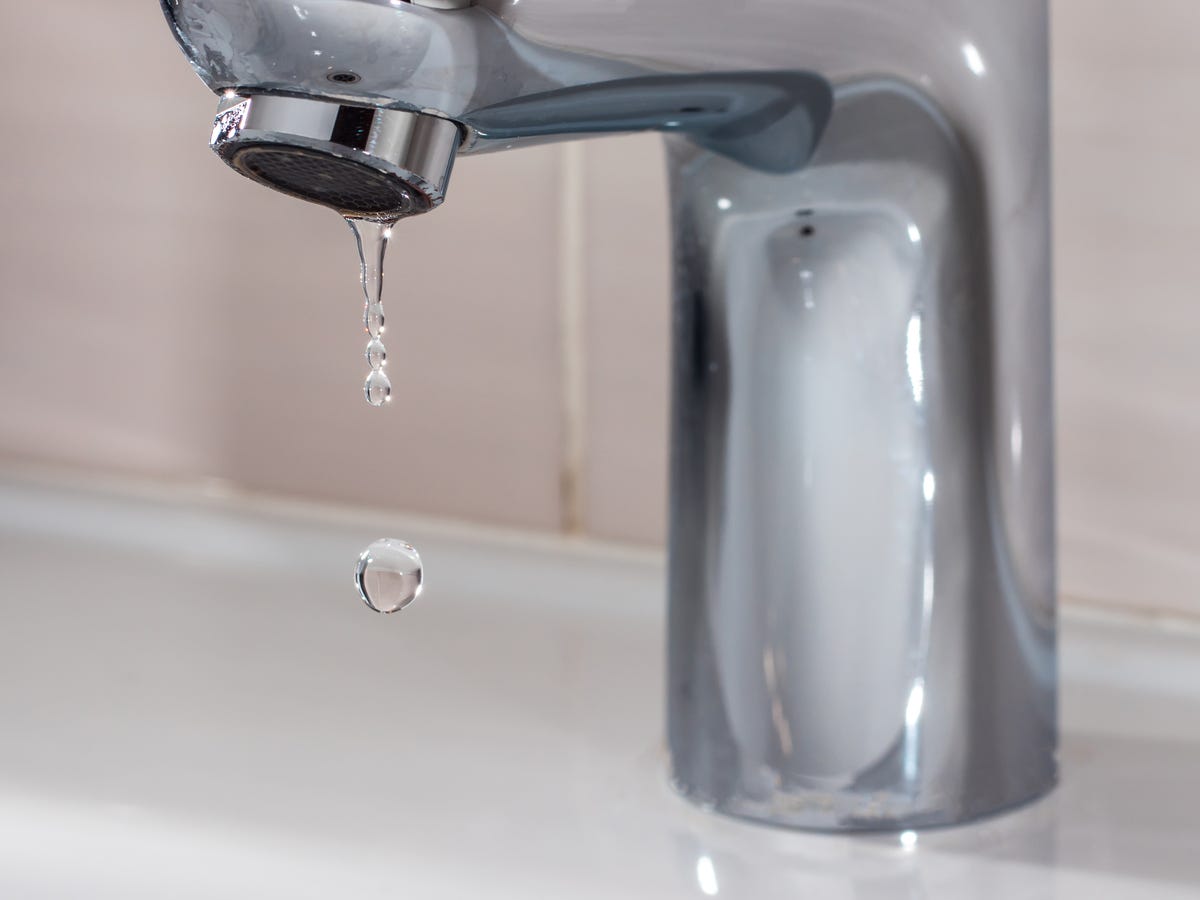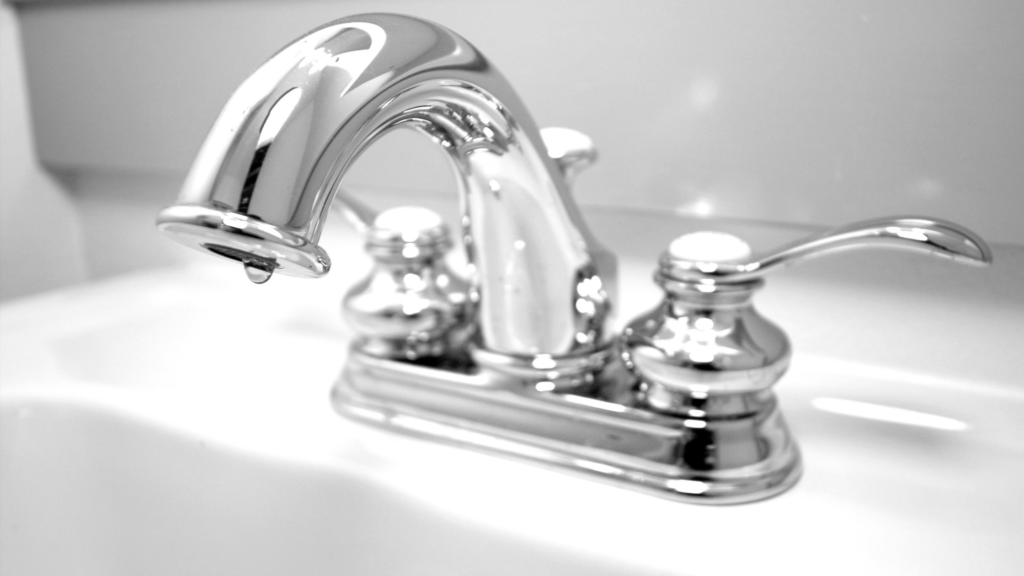On this page on the next paragraphs you can find more first-rate ideas when it comes to The Environmental Impact of Leaky Faucets.

Intro
A leaking tap may look like a small nuisance, but its effects prolong much beyond the periodic drip. Comprehending the results of a leaking tap is important for both homeowners and the setting. In this short article, we'll discover the different influences of this typical house problem and why resolving it quickly is essential.
Root Causes Of Leaky Faucets
Leaky taps can arise from a selection of elements, consisting of wear and tear, high water stress, and corrosion. In time, the consistent use of taps can bring about worn-out seals and gaskets, creating leakages to develop. Furthermore, too much water pressure can put stress on plumbing components, leading to leaks. Rust and corrosion can also deteriorate tap parts, making them prone to leakage.
Water Wastefulness
Among the most significant repercussions of a dripping tap is water wastefulness. Also a small drip can add up to gallons of wasted water gradually. This not just increases water bills but likewise contributes to water shortage and ecological destruction. Addressing leaky faucets quickly is important for saving this valuable source and decreasing its influence on the earth.
Financial Impact
In addition to wasting water, leaky taps can additionally have a significant financial impact. Increased water bills are a direct effect of water wastefulness, setting you back home owners thousands of bucks each year. Moreover, the cost of repairing water damage triggered by leakages can be significant, specifically if left unattended for an extensive period.
Ecological Effect
The ecological effect of leaking faucets extends beyond water wastage. By preserving water, property owners can contribute to wider efforts to alleviate water shortage and safeguard natural environments. Lasting options such as rainwater harvesting and water-efficient fixtures can even more reduce the ecological footprint of family water usage.
Technical Solutions
Developments in modern technology have caused the development of wise taps and water-saving gadgets that aid decrease water wastefulness. Smart faucets utilize sensing units to spot motion and change water flow appropriately, lowering waste without compromising convenience. Water-saving gadgets such as aerators and low-flow showerheads are likewise efficient in preserving water without compromising efficiency.
International Perspectives
While dripping faucets might appear like a local problem, they add to wider international challenges such as water deficiency and climate modification. In areas already encountering water tension, every decline counts, making leak avoidance and repair crucial. By embracing water-saving practices and buying sustainable innovations, home owners can play their part in resolving these pressing worldwide issues.
Regulative Procedures
Government policies play an important role in minimizing the effect of dripping taps and promoting water conservation. From building codes that call for water-efficient fixtures to water-saving motivations and rebates, policymakers have a variety of tools at their disposal. By carrying out and enforcing these laws, governments can ensure that property owners focus on water conservation in their day-to-days live.
Area Impact
Dealing with leaking taps calls for cumulative initiatives at the community level. By raising awareness regarding the relevance of water preservation and providing resources for leak detection and repair service, regional authorities can empower property owners to act. Campaigns such as water-saving discount programs and leakage discovery projects can incentivize actions adjustment and promote responsible water usage.
Situation Researches
Real-life instances of the effect of leaking faucets underscore the significance of aggressive maintenance and prompt repair services. From water damage to escalating water costs, the effects of disregarding leaks can be severe. By sharing these case studies, house owners can much better comprehend the value of dealing with leaking taps quickly.
Educational Campaigns
Educational campaigns play a critical duty in increasing awareness concerning the impacts of leaking taps and advertising water preservation methods. With workshops, seminars, and on-line resources, homeowners can find out just how to find and repair leaks themselves. By equipping individuals with expertise and devices, educational projects can promote a culture of liable water usage within communities.
Health Issues
Dripping taps can develop conducive settings for mold and mildew and mold development, presenting wellness risks to passengers. The existence of mold and mildew can exacerbate breathing concerns and allergic reactions, particularly in vulnerable individuals. Additionally, water damages resulting from leakages can compromise the architectural integrity of buildings and bring about costly repair services.
DIY vs. Expert Fixing
When faced with a dripping faucet, house owners frequently question whether to attempt repairs themselves or employ a specialist plumber. While DIY repair work can conserve money, they might not constantly deal with the hidden issue efficiently. Specialist plumbing technicians have the know-how and equipment to detect and fix leaks properly, guaranteeing lasting options and peace of mind for homeowners.
Safety nets
Stopping leaking taps requires normal maintenance and positive measures. Basic jobs such as replacing worn-out washers and seals can avoid leaks from developing. Additionally, upgrading to top notch components and lowering water stress can aid lengthen the life-span of taps and reduce the risk of leaks.
Conclusion
Finally, the results of a leaking tap expand much past the occasional drip. From water waste and enhanced water expenses to health concerns and ecological influence, the repercussions of disregarding leaks can be significant. By attending to dripping taps immediately and embracing water-saving methods, home owners can mitigate these results and add to a much more sustainable future.
Why You Shouldn’t Ignore a Leaky Faucet in Your Home
What Causes a Leaky Faucet?
Various factors can cause a leak, from loose and worn-out parts to corrosion. Your faucet has four essential components from which most plumbing issues will stem: the O-ring, the valve seat, the washer and the gasket.
What Is an O-Ring?
The O-ring is a stem screw that fastens parts of the faucet in place, preventing water from leaking out of the spout. Depending on your faucet type, the stem might have multiple O-rings. Water will drip from the faucet’s handles and base if this part breaks or deteriorates.
What Is a Valve Seat?
The valve seat controls the flow and temperature of the water. Found at the base of the handle, it works as a seal for the faucet’s stem. The valve seat ensures the water is allowed to flow or is blocked as the handles dictate. You’ll know it’s malfunctioning when water leaks from your faucet’s sides.
What Is a Gasket?
The gasket is found between the water inlet and the valve stem. It creates a seal between the faucet and the sink, holding its joints by aerators attached to the stem’s head. Water will trickle out from the base if the gasket isn’t working.
What Is a Washer?
The washer secures the handles and prevents leakage, serving a similar purpose to the O-ring. While the O-ring is ordinarily round and made from an elastic material, such as rubber, the washer is square-shaped and composed of brass, copper and other hard metals. If it malfunctions, corrodes or has been improperly installed, water will leak out of the handles, causing that incessant faucet drip.
Why Is a Leaky Faucet Dangerous?
A leaky faucet left alone for too long can have significant consequences.
Pest Infestations
Since bugs and rodents gravitate towards the scent of water, a leaky faucet will draw pests to your sink. Both are looking for leaks accessible through crawl spaces, which a faucet provides. If you leave water dripping for too long, you run the risk of an infestation.
Rust
If one of the faucet parts has started to corrode, the resulting rust can spread to your pipes and valves with startling speed. The rust might even lead to cracks or other impairments, resulting in more severe plumbing issues.
Your sink could also sustain damage from a leaky faucet. The water in your tap possesses sparse elements of calcium and iron that can stain your sink with repeated and prolonged exposure. Once those elements in the water have been open to the air for some time, your sink will start to rust, creating marks that can be difficult to remove.
https://www.tomsmechanical.com/blog/why-you-shouldnt-ignore-a-leaky-faucet-in-your-home

We had been made aware of that report about Health Risks Posed by Leaking Faucets from a buddy on a different site. Appreciated our blog? Please quickly share it. Let someone else find it. Thank-you for your time invested reading it.
Comments on “Learning the Consequence of a Leaky Faucet”